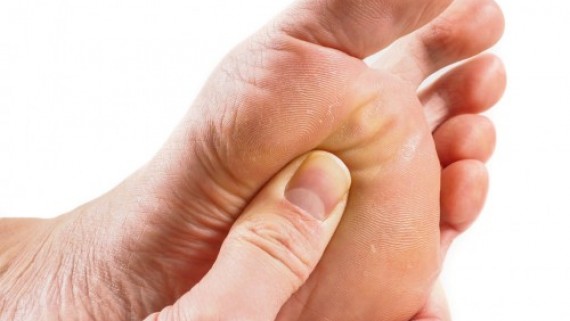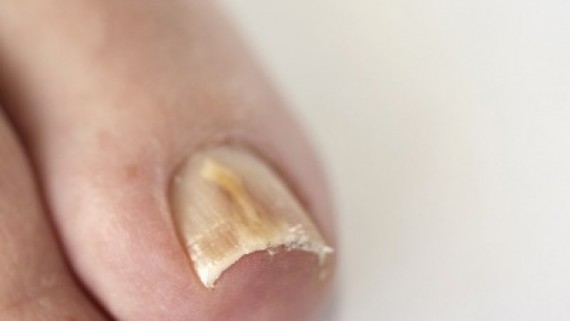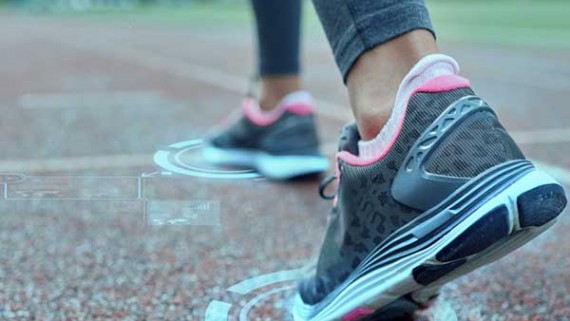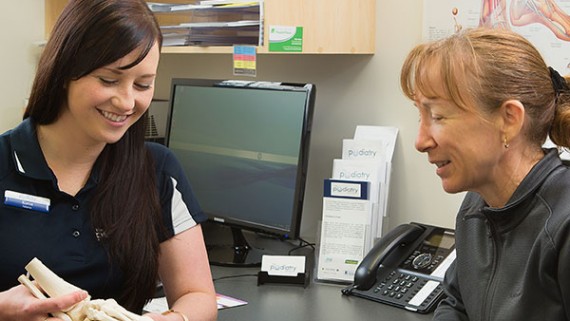Metatarsalgia – Ball of Foot Pain
So many foot problems can occur in our forefoot. As podiatrists we treat a wide range of problems associated with forefoot pain and deformity. Metatarsalgia is a non-specific term or general umbrella term if you will, for pain in the forefoot or ball of the foot.
Discomfort is usually located beneath the balls of our feet and is typically a result of increased forefoot pressure.
Bunions, hammertoes, short metatarsal bones, stress fractures, plantar plate disruption, Freiberg’s infarction, capsulitis, intermetatarsal bursitis and Morton’s neuroma area some possible causes of metatarsalgia.
Today we are talking about intermetatarsal bursitis.
Intermetatarsal bursitis
What is bursitis?
An inflammation or irritation of the bursa. A bursa is a small fluid-filled sac that provides cushioning and reduces friction, between and around the joints of the forefoot. Irritation of the bursa can cause swelling and pain (bursitis). The intermetatarsal bursae are located on the bottom of the foot near the base of the toes.
Bursitis can also affect other parts of the body – back of the heel/Achilles tendon, the knee, hip, shoulder and elbow.
How did I get this?
Generally, bursitis can occur through injury or repetitive motion causing irritation and inflammation. They can become irritated when one metatarsal bone takes more load than others.
Wearing narrow or excessively worn footwear during the day and different sporting activities can increase your chance of developing bursitis. Other factors can include;
- Overuse or excessive pressure on the forefoot
- Stress from abnormal foot mechanics
- Injury from a fall or hit to the area
- Less commonly due to certain types of arthritis; rheumatoid arthritis, gout, psoriatic arthritis
If I had bursitis, what would it feel like?
Friction can cause the space between the tendon, bone and skin to become inflamed – causing swelling, pain and possibly redness of the surrounding area.
Irritation and restricted movement of the affected joint may be evident and certain footwear or activities may exacerbate pain.
What do I do next?
- Apply ice to the area – this can help reduce inflammation
- Rest and avoid painful activities
- Non-steroidal anti-inflammatories if advised by your pharmacist
- Orthotics
- Footwear changes, avoid high heels!
- Reduce the amount of pressure being place placed on the bursa through off loading
- In chronic cases, injections of local anaesthetic and corticosteroid may be required in combination with padding
It’s important to attend a podiatry consult for assessment to determine the root cause, as other injuries can produce similar symptoms. Podiatrist may advise you on appropriate shoes and can also add padding to off load the pressure, prescribe orthotics and refer for any imaging that may be needed to rule out other conditions.
Contact us on 1300 847 226 or make an appointment online to speak with one of our friendly podiatrists about helping you get back on your feet sooner!
The battle of the fungal nail!
Fungal toenails or onychomycosis is common, unpleasant and persistent in nature. Accounting for almost half of all nail problems, this slow growing infection occurs when microscopic fungi gain entry to the nail, usually through small trauma. Trauma allows the pathogen to enter the nail and nail bed.
Other causes
- Fungal organisms grow and spread in warm, moist environments and are usually picked up in warm damp areas like socks, shoes, public pools, gyms and showers.
- Not drying off the feet thoroughly following showers or exercise and wearing tight shoes or socks, can provide conditions the fungus needs for growth.
- People who have a compromised immune system, diabetes, circulatory problems and the elderly are particularly susceptible.
Symptoms
Fungal nail infections are contagious and can often spread from skin to nails. The poor cosmetic appearance that usually develops can cause some embarrassment. Nails can become discoloured, thickened, brittle, rough and weaken. Sometimes the infection can occur with an odour and can cause discomfort.
Types of Onychomycosis
Distal subungual onychomycosis – most common form of fungal nail that can cause the nail to become yellow brownish in colour, thickened, rough or crumbling.
Superficial white onychomycosis – this type of infection occurs on the outer surface and often appears as white spots. It is the easiest type of infection to treat.
Proximal subungual onychomycosis – occurs in the area of new nail growth at the beginning of the nail and is the least common.
Candida onychomycosis – typically occurs after trauma or damage to the nail that allows the fungus to invade. Most often occurs in people who frequently have their feet in water.
Treatment
As many people with fungal toenails can appreciate, it’s often difficult to eradicate fungal toenail infections, and like most things, prevention is always better than cure. Treatment varies depending on the type of fungal nail infection and the amount of nail involved, so it’s best to chat to your podiatrist who can recommend the best treatment option for your type of onychomycosis. In many cases nail lacquer medications are used, and in severe cases oral antifungal medication from your doctor, however this comes with potential side-effects.
Preventative measures
- Wear protective shoes in public showers and pool areas.
- Wash your feet regularly and dry them thoroughly when they get wet.
- Change socks daily, more regularly if you have increase perspiration or exercise.
- Avoid leaving toenail polish in place for long periods of time, wearing nail polish is not advised for those people who are suffering from nail fungus as it may encourage it to grow.
- Avoid nail solons who re-use their nail instruments, all instruments should be sterilised using an autoclave.
- Wear properly fitting shoes
If you suspect a toenail fungus, it’s recommended you see your podiatrist before it spreads. Podiatrists also have a tool to reduce thickness of fungal nails, this can enable topical medication to absorb and penetrate the nail easier, provide comfort of thickened nails and can help improve the appearance of the nail.
If you or someone you know would benefit from fungal nail treatment, please give us a call or book an appointment online at any of our podiatry clinics in Warragul, Drouin, Beaconsfield or Cranbourne.
Free Podiatry Footwear Assessment
The Podiatry Group are offering Free Podiatry Footwear Assessments at Nicho’s Intersport in Warragul.
If you have trouble picking the right runner or shoe for your feet, or have any podiatry footwear related questions come on down and one of our podiatrists will assist you.
The Podiatry Group will be at Nicho’s Intersport (21 Smith Street Warragul) on Tuesday November 10th 4:30-5:30pm.
To make an appointment contact Nichos’ Intersport on 5622 3844.
Click on Nicho’s Intersport to check out the details of their store.
Online Bookings
Online bookings are now available at The Podiatry Group.
For your convenience we have online bookings available across our Warragul, Drouin and Cranbourne clinics.
Your step towards better foot health is just one click away. Click here to book now.




